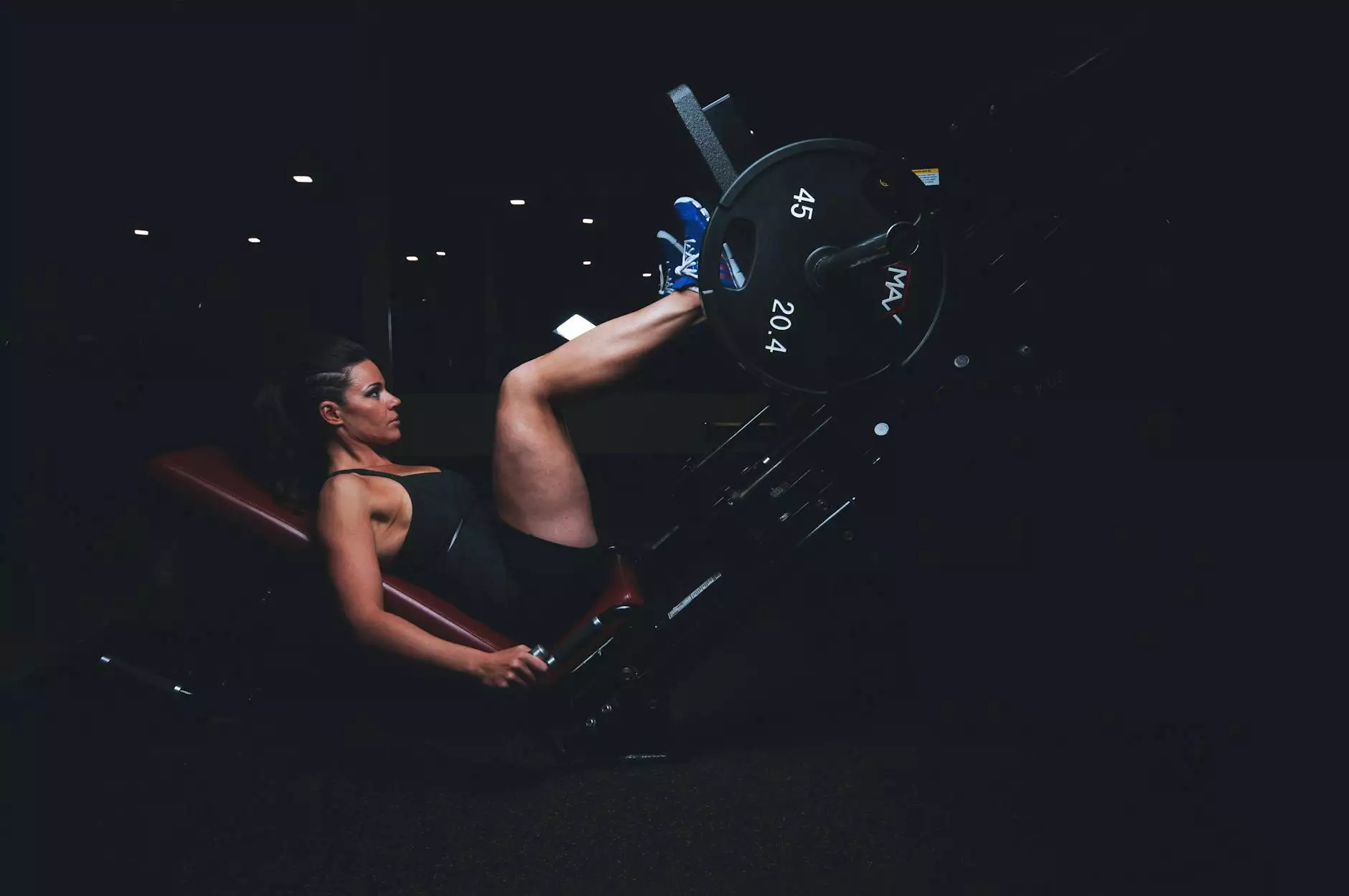Unlocking the Potential of Stainless Steel Socket Weld Fittings

In the world of industrial piping and plumbing, stainless steel socket weld fittings have emerged as a crucial component, offering durability, efficiency, and superior performance. These fittings are designed to ensure a seamless connection in piping systems, preventing leaks and maintaining integrity under pressure.
What are Stainless Steel Socket Weld Fittings?
Stainless steel socket weld fittings are specialized components designed to connect two pipes or a pipe and a valve. Typically used in high-pressure applications, these fittings involve a socket into which the pipe is inserted. A welder then applies heat and material to create a strong bond.
Advantages of Using Stainless Steel Socket Weld Fittings
The benefits of utilizing stainless steel socket weld fittings in your projects are numerous:
- Durability: Stainless steel is highly resistant to corrosion and rust, making these fittings ideal for harsh environments.
- Strength: Socket weld fittings can handle high pressure and temperatures without compromising integrity.
- Ease of Installation: The design of these fittings allows for easy installation, reducing labor time and costs.
- Versatility: Suitable for a variety of industries, including oil and gas, water treatment, and pharmaceuticals.
- Minimal Maintenance: The durability of stainless steel minimizes the need for frequent maintenance and repairs.
Key Applications of Stainless Steel Socket Weld Fittings
These fittings are commonly utilized in a range of applications, fundamentally in the following sectors:
- Oil and Gas Industry: In pipelines and refineries, achieving a leak-proof connection is vital. Socket weld fittings provide the reliability needed.
- Pharmaceutical Manufacturing: Stainless steel ensures hygiene and prevents contamination, which is critical in this sector.
- Water Treatment Facilities: These environments require corrosion-resistant materials to handle varying water qualities and pressure.
- Marine Applications: The fitting’s resilience to saltwater corrosion makes it ideal for boats and docks.
- HVAC Systems: Ensuring consistent airflow requires fittings that can maintain seal integrity under pressure.
Types of Stainless Steel Socket Weld Fittings
Understanding the various types of socket weld fittings is essential for choosing the right one for your specific needs. Here are some common types:
- Socket Weld Elbows: Used to change the direction of flow in piping systems, typically available in 45 and 90-degree angles.
- Socket Weld Tees: These fittings are utilized to split the flow into two different directions.
- Socket Weld Couplings: Designed to connect two pipes of the same diameter effectively.
- Socket Weld Caps: Used to seal the end of a pipe, restricting the flow completely.
Why Choose Fitsch.cn for Your Socket Weld Fitting Needs?
When searching for a reliable supplier for your stainless steel socket weld fittings, consider Fitsch.cn. Below are some reasons why Fitsch is a leader in the field:
- Quality Assurance: All products undergo rigorous testing to ensure they meet international quality standards.
- Diverse Inventory: Fitsch.cn offers a wide range of fittings, ensuring you can find exactly what you need.
- Competitive Pricing: Get the best value without sacrificing quality.
- Expert Support: The knowledgeable staff at Fitsch.cn can help you choose the right fittings based on your specific application.
- Timely Delivery: An efficient logistics network guarantees that your orders reach you promptly.
The Installation Process of Socket Weld Fittings
Installing stainless steel socket weld fittings is straightforward, but following the right steps ensures a secure and lasting connection:
- Preparation: Clean the surfaces of both the pipe and the fitting to remove any debris or contaminants that could affect welding quality.
- Alignment: Insert the pipe into the socket of the fitting, ensuring proper alignment.
- Welding: Use appropriate welding techniques (like TIG or MIG welding) to attach the pipe to the fitting securely.
- Inspection: After welding, inspect the joint for any defects and ensure that it has been welded continuously and correctly.
- Testing: Conduct pressure testing to confirm that there are no leaks in the connection.
Maintaining Stainless Steel Socket Weld Fittings
To ensure longevity and performance, regular maintenance of your stainless steel socket weld fittings is essential. Here are some maintenance tips:
- Regular Inspections: Check for signs of wear, corrosion, or other damage regularly.
- Cleaning: Maintain cleanliness in your piping system to prevent bacteria buildup, especially in sanitary applications.
- Pressure Monitoring: Keep an eye on pressure levels to ensure they remain within the safe range, preventing undue stress on fittings.
- Professional Servicing: If any significant issues arise, consult with a professional to address the problem accurately.
Conclusion: The Future of Stainless Steel Socket Weld Fittings
As industries evolve and technology advances, the role of stainless steel socket weld fittings will continue to grow. With constant improvements in material sciences and welding techniques, these fittings will only become more integral to modern piping systems.
Choosing the right supplier is just as crucial as the fittings themselves. Fitsch.cn stands at the forefront, offering unparalleled quality, variety, and expert guidance tailored to your specific needs. Whether you are in the oil and gas industry, healthcare, or construction, trust Fitsch.cn for your fitting solutions.
Get Started with Fitsch.cn Today!
Don't compromise on quality. Visit Fitsch.cn today to explore our extensive range of stainless steel socket weld fittings and experience exceptional customer service that meets all your industrial needs.



